If you’ve ever had to clean up your basement after heavy rain, you’ll know that not only is a flood bad for your home, it’s bad for your pocket. However, with a little planning and some careful maintenance, you can prevent a flooded basement. Here’s how.
Published October 12, 2019, Updated March 28, 2021
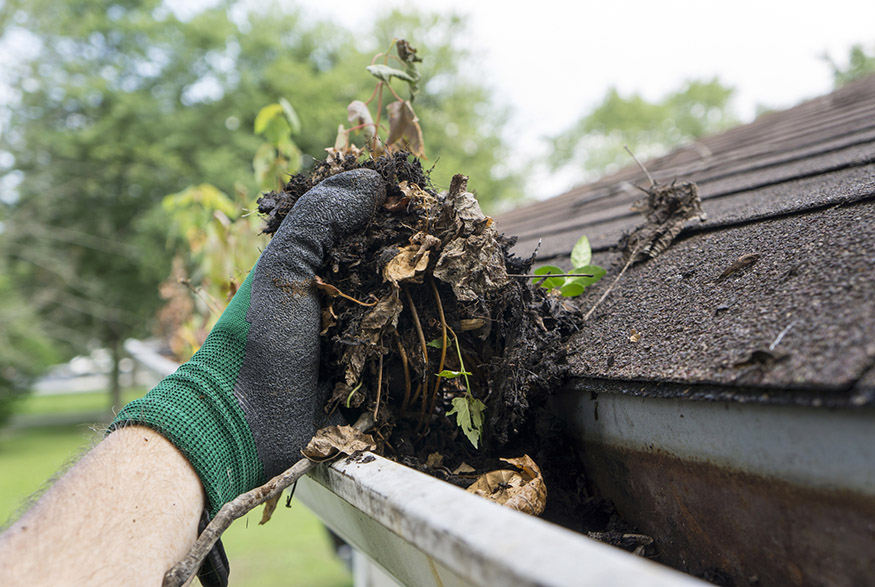
Clean the Gutters and Downspouts
Clogged gutters and downspouts can cause water buildup, which may then leak into your basement. Regularly remove leaves and other debris, so your gutters and downspouts drain properly.
Related: Scott McGillivray on the Telltale Signs of a Bad Basement Renovation
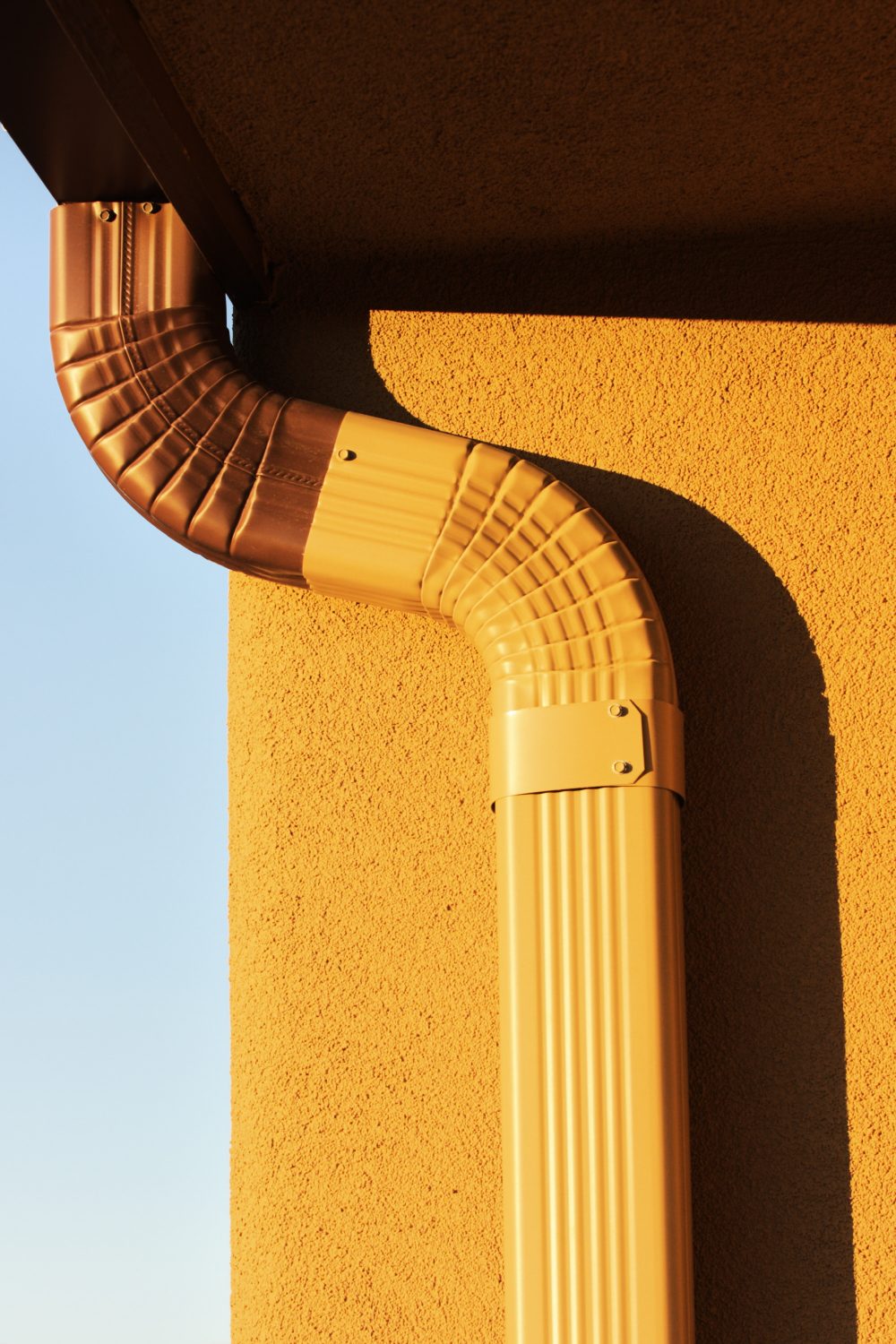
Change the Angle or Extend the Downspouts
When it’s raining, walk around your house to see where the water exits your gutters and downspouts. If you need to, change the angle of your downspouts or extend them so that the water drains further away from the foundation. The ideal distance is two metres.
Related: How Much Does a New Roof Cost? (And 9 Other Exterior Upgrade Costs)
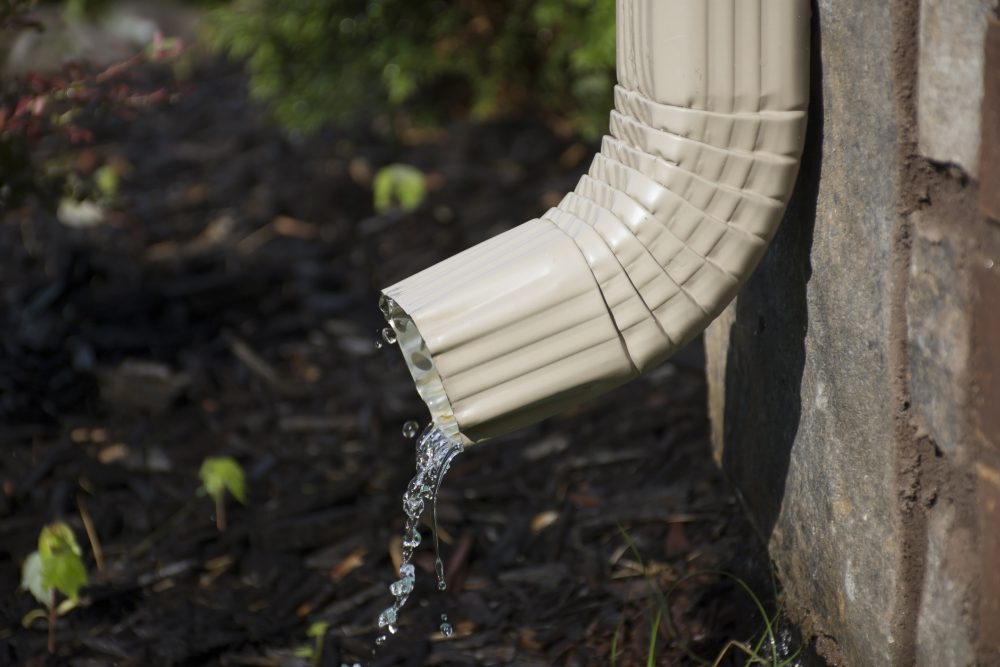
Disconnect the Downspouts From the Sewer System
When water from the downspouts pours into the sewer system, it can overtax your sewers and cause flooding. If you can do it without affecting the neighbouring properties, disconnect your downspouts from the sewer system and let the water drain into your garden.
Related: Granny Pods to Yoga Studios: 15 Ways to Makeover Your Garage or Shed
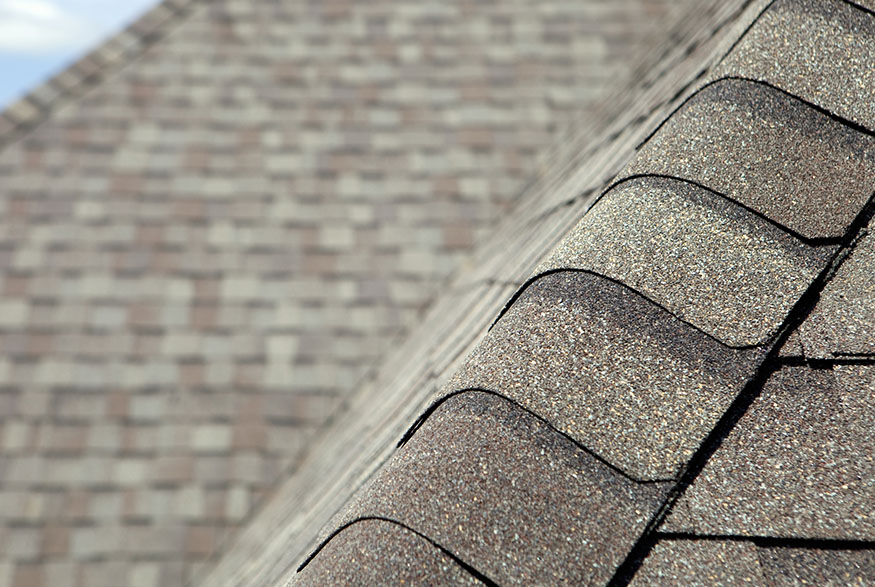
Repair Roof Leaks
When water enters your home through roof leaks, it may make its way down into the basement. Check your roof regularly for signs of damage and fix any leaks ASAP. Check out these simple ways to modernize your home’s exterior and boost its value.
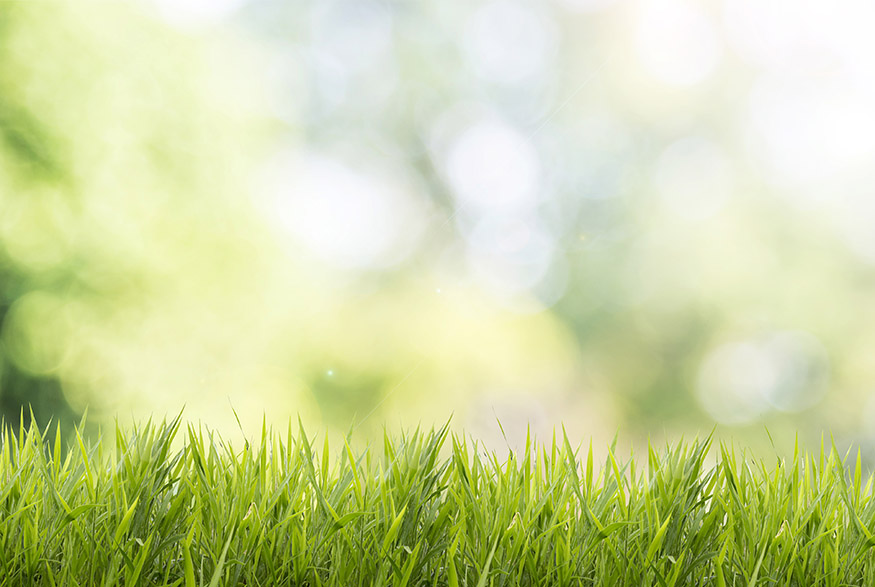
Check the Grading Around Your Home
When the land around your home slopes towards the foundation walls, water will build up against the foundation and leak into your basement. Check that the grading is sloped away from your house instead.
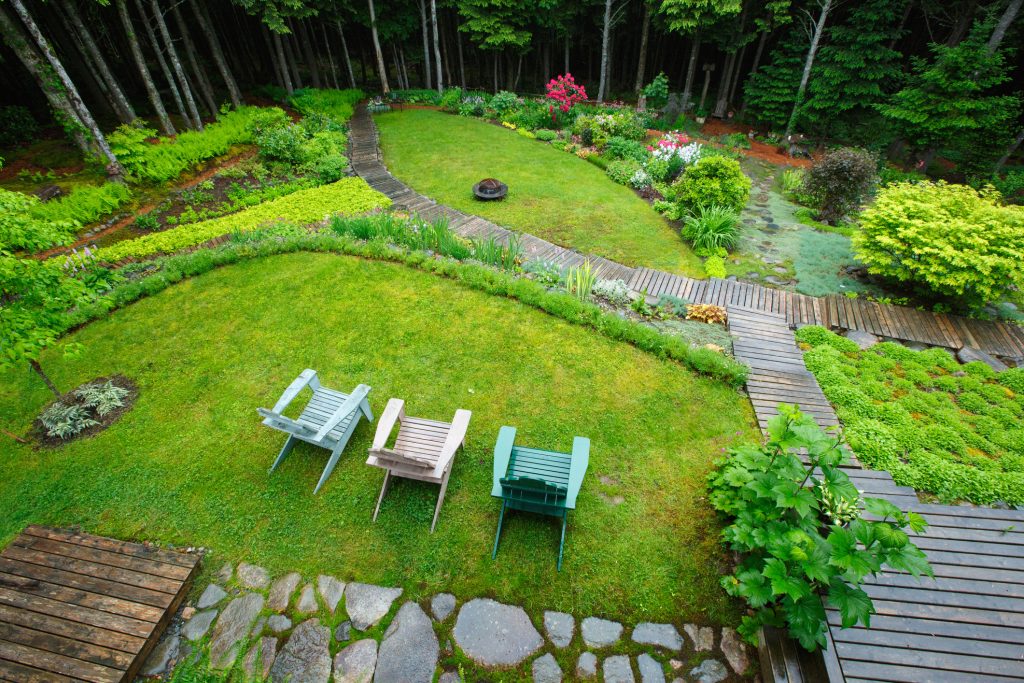
Have More Green Space Around Your Home
Green space helps to absorb water and improve drainage, so increase the greenery around your home by planting shrubs and other flora. Pick plants that are native to your area, as they are the more environmentally responsible option. For inspiration, check out these native plants in Canada, broken down by province.
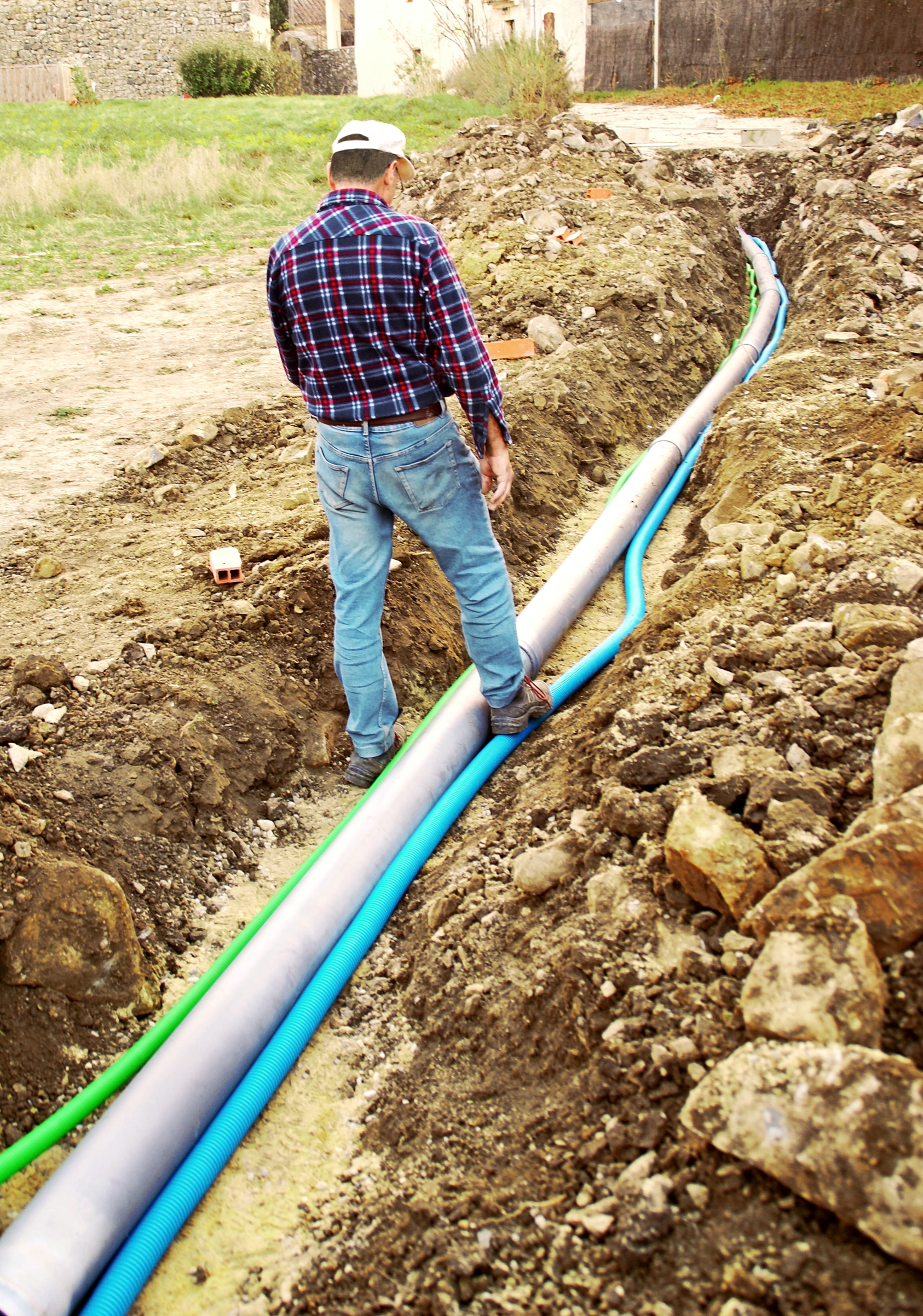
Check the External Drainage System
Check your external drainage system for blockages and leaks. Repair damage if you find any.
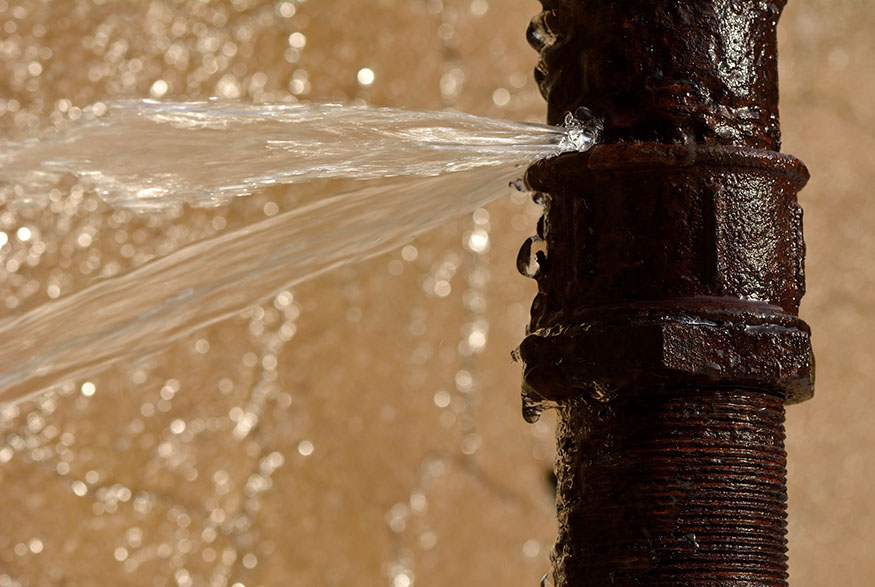
Take Care of the Plumbing
To prevent leaks from your home’s plumbing system, keep all the pipes in good working order. Prevent blockages by using toilets, showers, bathtubs and sinks the way they’re supposed to be used – without flushing or washing away anything that you shouldn’t. Speaking of which, these are the best ways to unclog your kitchen sink.
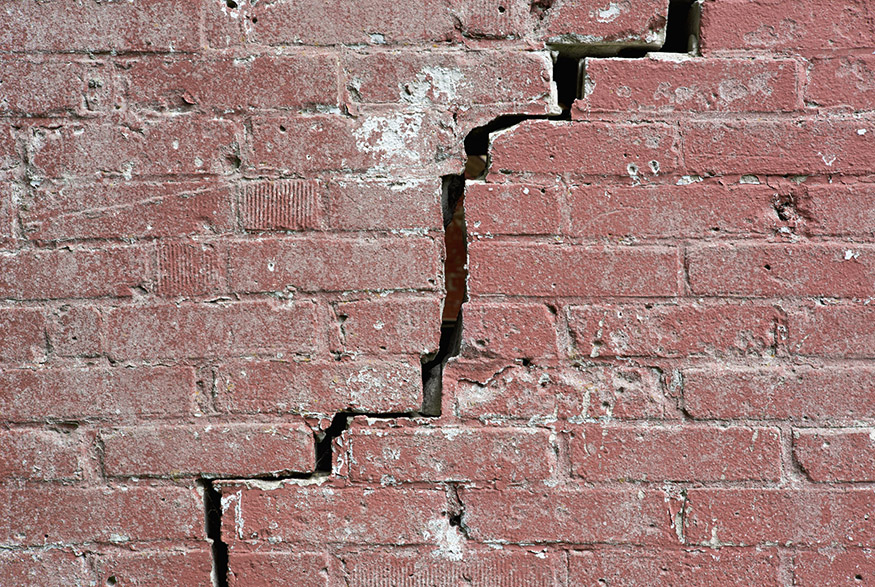
Check for Cracks
Even small cracks in your home’s foundation, walls, windows, floors or the basement door can allow enough water to enter and cause serious damage. Check for and seal any holes and cracks.
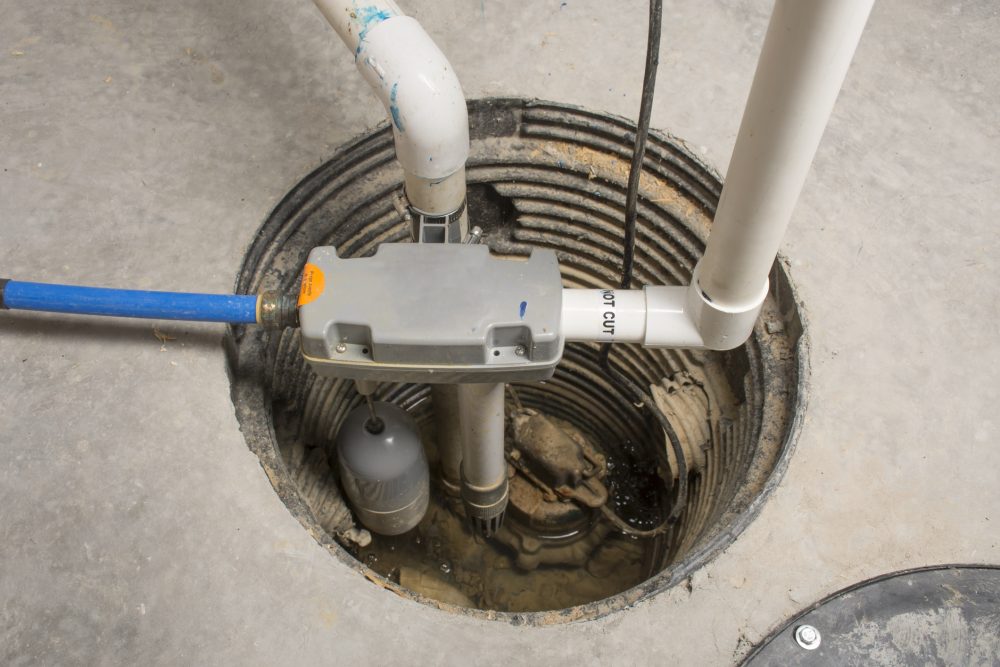
Get a Sump Pump
If you’re living in an area that is prone to flooding, it’s well worth investing in a sump pump system that can remove any accumulated water. Have a qualified plumber install it for you and have a backup power system in case of power failure.
Related: 10 Beautiful Basements That Will Inspire You to Renovate Your Lower Level
HGTV your inbox.
By clicking "SIGN UP” you agree to receive emails from HGTV and accept Corus' Terms of Use and Corus' Privacy Policy.





